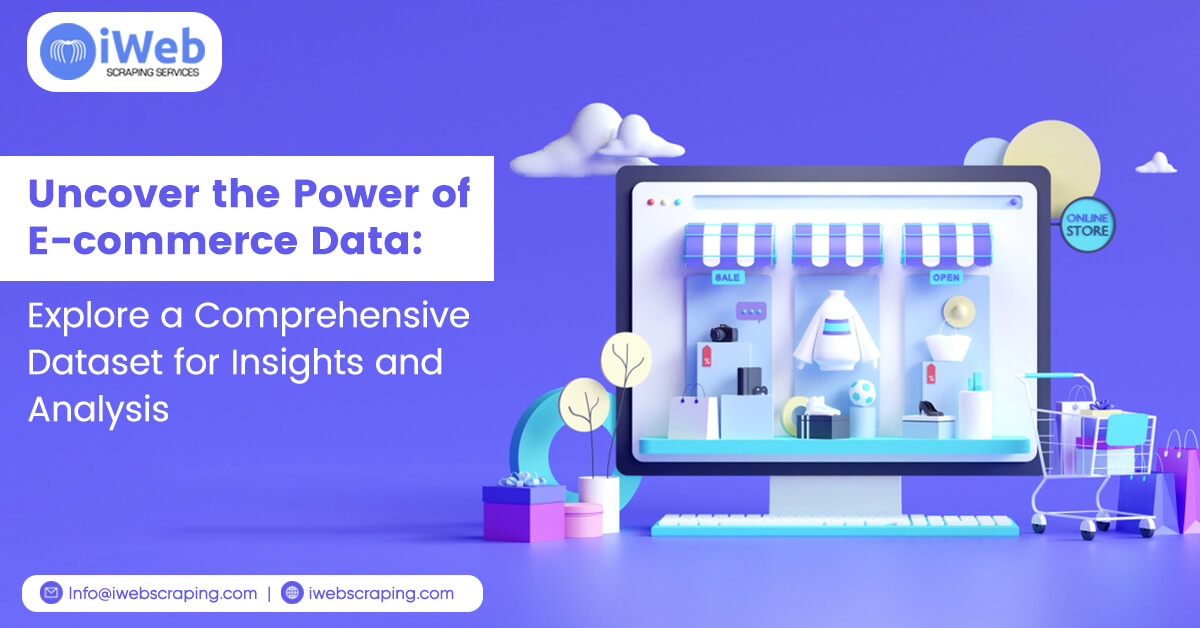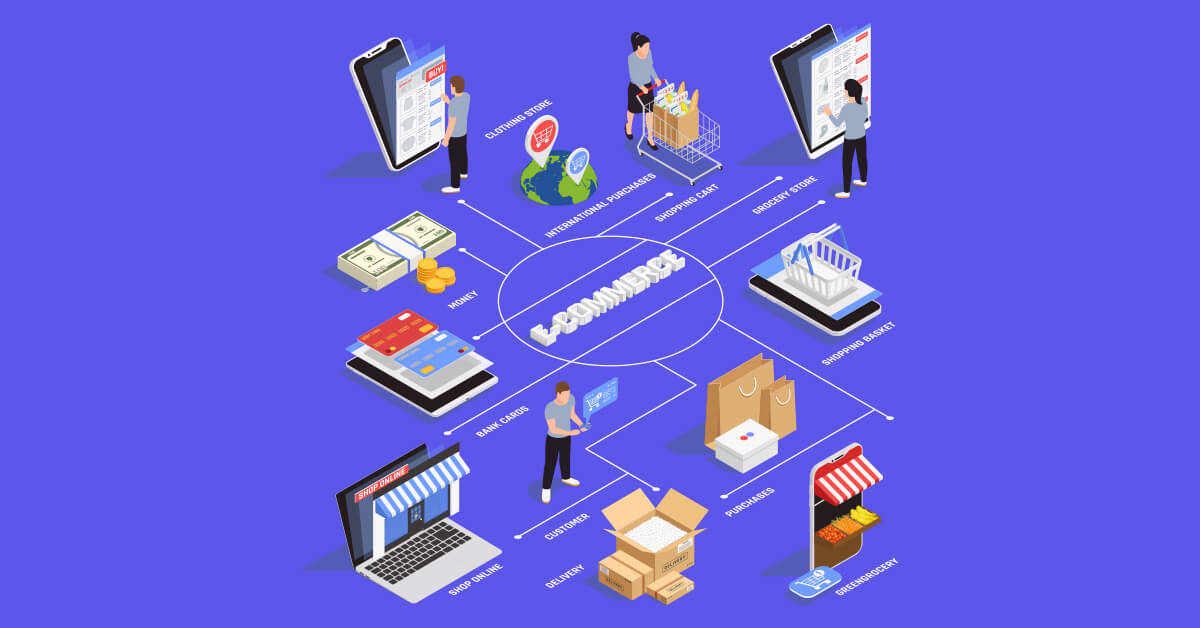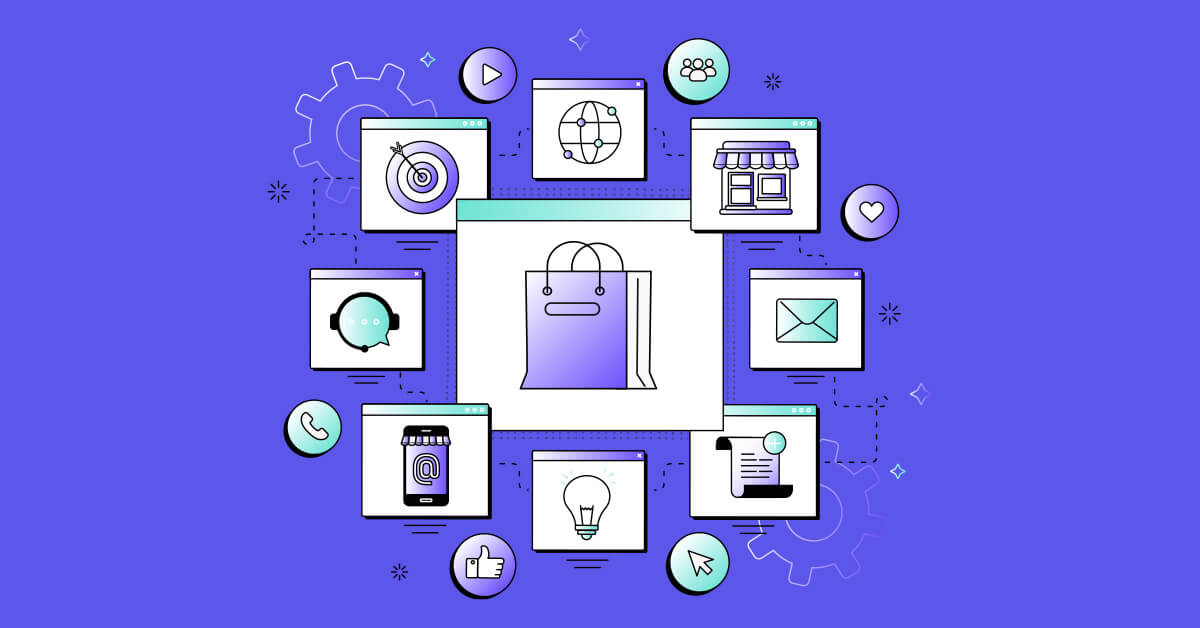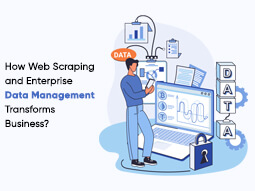Uncover the Power of E-commerce Data: Explore a Comprehensive Dataset for Insights and Analysis

E-commerce is vital to foreign trade growth because more and more people are shopping online. As online shopping keeps growing, businesses can learn more and more about their users and the market. With the help of e-commerce datasets, which are collections of organized data, companies can analyze and improve their e-commerce processes. In this piece, we'll talk about the value of e-commerce datasets. We'll talk about the different types of data.
We know how organizations can use this data to grow.
Moreover, we know how hard it is to keep and analyze these datasets. Companies can do better in today's fiercely competitive e-commerce market. This is possible by studying e-commerce datasets. It will help them to learn more about customer behavior and market trends.
E-commerce datasets are large groups of data. They come from online retail operations. E-commerce datasets include information about customer behavior. It also provides product sales, website traffic, and advertising campaigns. This helps in keeping an eye on Competitor price monitoring and other things.
Moreover, e-commerce databases are essential. This is because they give valuable information about how customers act, what they buy, and what trends they follow. This information can be useful in improving product offers, advertising strategies, and sales. E-commerce datasets have a lot of benefits that can help companies in many different industries.
Importance of E-commerce Datasets for Businesses

E-commerce datasets are a vital asset for businesses that sell things online. These databases give information about customer behavior, tastes, and trends. They can be used to improve product offers. It can help in enhancing advertising strategies. Thus, it can help increase sales by keeping an eye on competitor price monitoring
By looking at e-commerce information, companies can find out how customers use their online stores. They can check what things they are looking for. Moreover, they can find which searches are most likely to lead to a sale. Companies can use this information to change their product lines and website designs. This will help them to meet their customers' wants and preferences better.
E-commerce statistics can also tell businesses how the market changes and what their competitors do. This helps companies to stay ahead of the competition and adapt to the changing market. It is possible to determine which goods are selling well. Marketers can also find which are starting to lose interest in the market. Thus, online retailers can change their product lines and pricing strategies to stay in business.
E-commerce analytics is an essential tool for companies. It is crucial for those who want to make online retailing as efficient as possible. Thus, they can make more money.
The different eCommerce data types:
E-commerce records for businesses online can be laid out in many different ways. Each one gives useful information. Here are a few of the most popular types of e-commerce datasets. You will know what they are meant to be used for:
About the consumers:
Information about a business's customers often includes their age range. It is about how often they buy things. Moreover, you know what they are interested in. With this information, customers can be put into groups. This way, you can make marketing campaigns to target those groups directly.
Website Analytics Information:
Website analytics information includes how customers behave. It provides website success indicators like bounce rates and conversion rates. Besides, it also contains the results of online analysis. Website analytics data can be used to improve how a company's website looks and works. They can also help boost sales.
Data on Inventory:
Some of the inventory information is about the source of goods. They are also about the amount of stock and where to order. Inventory data makes it possible to make sure goods are available. It can cut down on shortages and overstock. Moreover, it can improve inventory process handling.
Advertising information:
This includes data about the marketing expenses and expenses on promotion. It also contains data about the rate of clicks and conversions. With the help of marketing analytics, a company can improve its return on investment (ROI) and optimize its market plan.
Transaction information:
This includes information about the types of payments. It also consists of the processing times and when they fail. Payment data can help businesses improve their payment-handling infrastructure. It can reduce problems concerning payments. Moreover, it can keep an eye on competitor price monitoring.
Where is the source of eCommerce data?
E-commerce data comes from a lot of different places. This is because it is possible to obtain it from many different things. Information from retail sites is still the main source of e-commerce data. However, there are many other ways to get this information as well.
Regarding collecting transactional information, the information gets into the database. This happens every time a person buys something from an online store. With this method, a lot of information gathers. It includes the location, email address, name, other contact information, and buying preferences. Often, third-party companies sell this information for money so that e-commerce sites can easily use it.
Aside from the background of transactions, the following are some of the best places to get information about e-commerce:
Online purchase websites:
E-commerce solutions like the Shopify platform, Magento, and WooCommerce give businesses much information. It is about how their customers shop online. They can know how much inventory they have. They can also learn how many people visit their sites.
Payment Gateways:
Businesses that help with payments and deals. They are like PayPal. It gives information about the process of payments. Moreover, you can learn how much they cost and what percentage of the time they work.
Social media platforms and advertising networks:
Websites like LinkedIn, Twitter, etc., give information about advertising efforts. It includes things like the number of times users see an ad. Moreover, you can also know how many times visitors clicked it. Also, you can learn about the percentage of conversions.
Tools for web page surveillance
Tools for keeping an eye on your website: Software like Analytics from Google is a tool that gives you information. It is about how people use your site. You can know how well it works, and how many people visit it.
Which businesses utilize ecommerce data?

E-commerce data is helpful for a wide range of businesses that sell things online. It doesn't matter how big or small a business is. All of them use this knowledge in different ways. It helps them to improve the shopping experience for their customers.
ompanies using e-commerce data include different businesses. It consists of those that sell items or services to other businesses through e-commerce platforms. It also includes those that sell directly to people through online shops. Some companies give software and services for e-commerce.
They are website developers, payment gateways, and logistical service providers. They also use e-commerce data in their operations.
Fashion, electronics, home goods, personal hygiene, food and beverage, and other industries often use e-commerce data. E-commerce data is important for businesses. It is essential for those that sell in highly competitive markets. Here it's important to know how customers act. Businesses must also understand what they like to stay on top.
Challenges to buying these data.
Even though e-commerce data could be helpful for companies selling things online, it takes work.
One of the biggest problems is making sure information is correct. Databases for e-commerce can be hard to use and disorganized. It includes data in different formats. It includes blank areas and mistakes made when information is entered. Ensuring the info is correct and complete can take a lot of time and money.
Another problem is the price of knowledge. Third-party information providers often sell E-commerce data. The price can vary a lot based on the amount. It can also change the depth of the information being sold. Small businesses with little money might be unable to buy e-commerce info.
Policies about data protection and privacy may also be hard to understand. Companies must follow all rules and laws in place. It is where they do business. They should learn about how to collect and use information about individuals. Different countries and states have rules that must be followed, which can sometimes be very complicated.
Lastly, buying e-commerce data may come with moral and legal responsibilities. This includes ensuring proper information collection. It also provides that its use doesn't break any laws or rules.
Conclusion
E-commerce datasets give online shops and retailers a lot of room for growth and smart management. Using this information can help improve services and keep a competitive edge in an industry with fierce competition. Competitor price monitoring, for example, lets businesses offer discounts. It also allows businesses to offer different pricing options for their goods. This will help to will appeal to a broader audience. Overall, the success of these services makes it easier for online businesses. They can make money. As a result, these systems will likely improve in the years to come.




